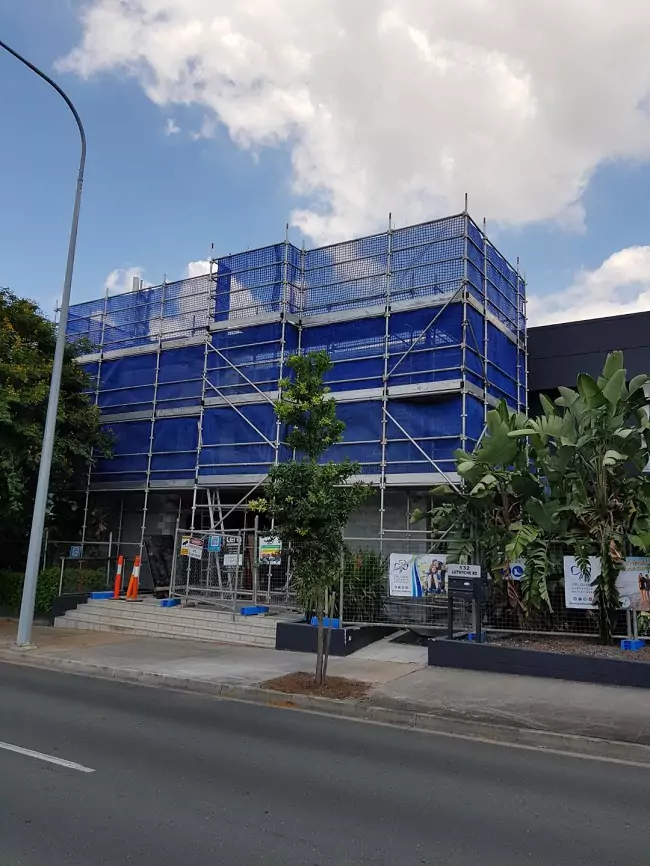Tower cranes are a staple of many modern construction projects. They stand over buildings, piles and tunnels to hoist loads, but their stability and safety depend on proper base and grillage installation and mast ties.
On typical building construction sites, tower cranes work under crowded conditions, occasionally with overlapping work zones and under time, budget and labor constraints. This makes site safety a priority for all parties involved. These cranes work will in crowded spaces in unison with other specialised development equipment like vacuum excavation trucks.

Stability
Tower cranes are a vital component in the construction of large buildings and complex structures. They are used to lift heavy equipment and can be very strong, which means they need to be carefully designed and very stable.
In recent years, tower crane manufacturers have brought more technically advanced features into their product lines. Those features are driven by bigger projects, higher completion timelines, and demand for increased productivity and safety.
One example of this is the development of an innovative self-erecting crane that can handle heavy prefabricated wall panels without the use of a helper tower crane. This saves on crane usage costs and ensures a safe working environment on the construction site.
Lifting Capacity
The safety benefits of using tower cranes in complex construction projects include the following:
Firstly, tower cranes reduce the need for vehicles, which means there is less damage to scaffolding and your site looks tidier. Additionally, tower cranes are environmentally friendly because they don’t cause soil churning, which is common with material handling equipment.
Furthermore, tower cranes can provide a higher load lifting capacity than other types of equipment. This can improve productivity and decrease downtime for your project.
Another safety benefit is that tower cranes are equipped with anti two-blocking devices, which prevent damage from occurring between the load block and overhaul ball or other components on the hoist. This can cause the hoist to slip or fall, which could damage someone or something on your project site.
Lastly, tower cranes are also environmentally friendlier because they are powered by electricity. They won’t cause soil churning, and most of the components used to install them are recyclable, which reduces pollution levels.
Safety
The safety benefits of using tower cranes in complex construction projects include reduced injury risk, increased productivity and higher profitability. Proper training, clear warning signs and adequate protective equipment are key.
A tower crane’s anti-collision system prevents the operator from interacting with other structures, such as power lines, roads or buildings. The anti-collision system is a necessary element of tower crane operation to reduce the likelihood of collisions.
In addition, tower cranes typically have factory-calculated lifting charts that can be applied to any radii available. These lift charts are intended to keep an operator within the limits of safe loads and speeds.
In addition to the advantages mentioned above, tower cranes have an advantage over mobile cranes in that they don’t move around much during their use. This makes them a great choice for high-rise construction projects that are difficult to access, such as those in urban areas or over high-voltage wires. Static cranes are also more reliable and less prone to damage than mobile cranes.
Reliability
Tower cranes are an essential part of the construction industry because they are capable of lifting heavy loads. They are also safer and more reliable than other types of cranes, which is why they are commonly used in the construction of high-rise buildings across the world.
The reliability of your crane depends on how it’s designed and built. Reliability engineering is a field that uses proven mathematical techniques from probability and statistics to assess and predict the reliability of a product under certain conditions.
In complex construction projects, it’s often the case that more than one tower crane will be needed for the project to be completed safely and efficiently. This requires a careful placement of the cranes to minimize the potential for collisions between them.
Tower crane manufacturers are bringing more technically advanced features into their products to address these issues. They are also developing autonomous systems that allow tower cranes to perform operations without human input.

